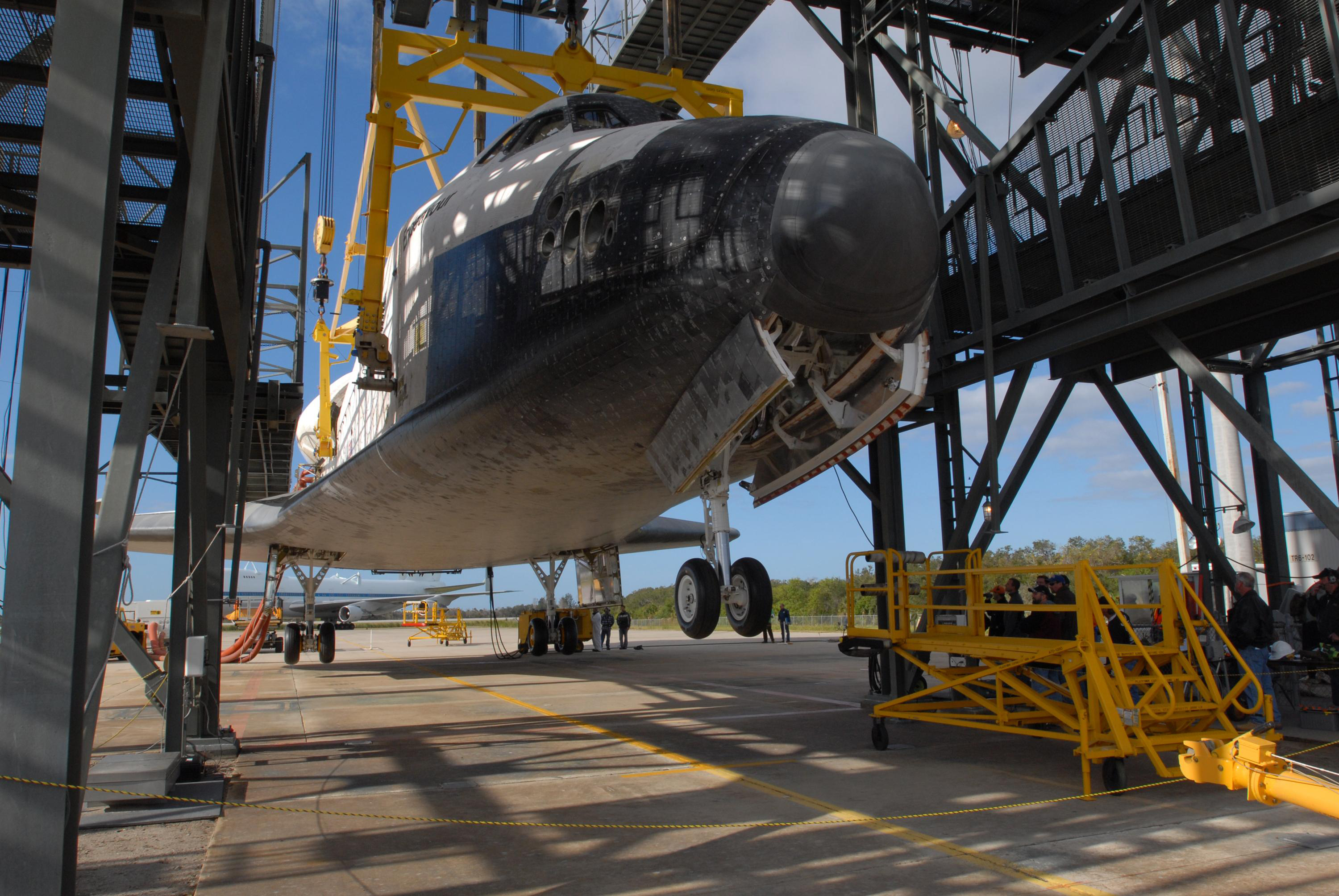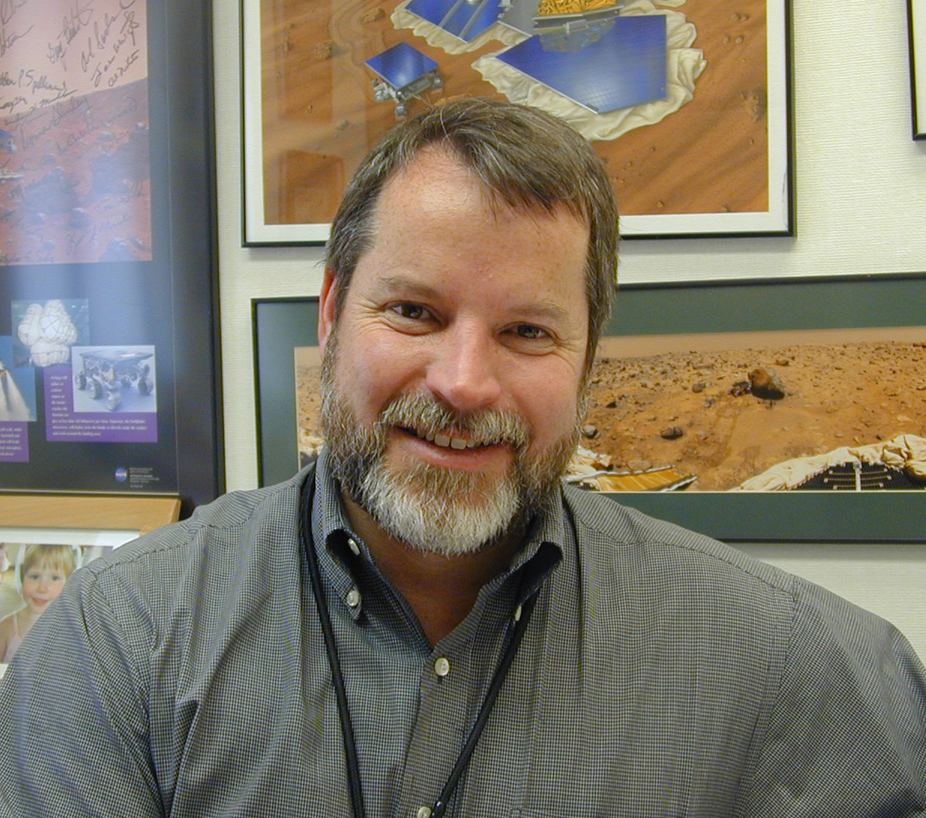Don Cohen, Managing Editor
In his Knowledge Notebook piece (“How Organizations Learn Anything”), Laurence Prusak says that most effective learning comes from hands-on experience combined with reflection on that experience. He notes that many organizations give short shrift to the reflection part.  Pressure to move on to the next assignment and distrust of the “soft tools” used to think about work (for instance, conversation and storytelling) stand in the way.
Pressure to move on to the next assignment and distrust of the “soft tools” used to think about work (for instance, conversation and storytelling) stand in the way.
NASA is certainly not exempt from the demands of tight schedules and too much work, but it finds and makes many opportunities for reflection and the kind of experience-plus- reflection learning Prusak talks about. Johnny Kwok’s description of the Jet Propulsion Laboratory’s Phaeton program (“Phaeton: Learning by Doing”) is a good example. The program gives early-career hires the experience of planning and carrying out small payload projects; mentors and milestone reviews guide their reflection on that work. Bowie State University’s Satellite Operations and Control Center (“Classes and Spacecraft Operations”) similarly combines hands-on work, teaching, and mentoring to prepare students for jobs as NASA employees and contractors.
Karen McNamara views NASA’s commitment to learning from another angle, arguing that the agency needs an Office for Planned Learning to identify knowledge opportunities at the start of projects and give them financial support.
Michael Ospring looks at what he has learned from thirty years of project experience in “Big Facilities, Hard Lessons.” In his case, too, the thoughtful advice of more-experienced project leaders helped develop his skill and understanding; he is now in a position to pass on what he knows. Ospring suggests that the things that go wrong are especially powerful spurs to thought and learning. That has certainly been true for NASA as a whole, the Columbia tragedy being the most recent driver of reflection and reform. In “Still Learning from Columbia,” Matt Melis details some of the hard work of the team that analyzed the impact of foam on the leading edge of the shuttle’s left wing and the continuing value of both their findings and their multicenter collaboration. Nicholas Johnson’s “The Greening of Orbital Debris” tells the story of international cooperation and ingenuity applied to the problem of the millions of pieces of space-age refuse that pose a danger to orbiting satellites and spacecraft.
Two articles in this issue of ASK are about learning from people outside your own area of expertise. “Rocket + Science = Dialogue” considers the fruitful results of conversations among engineers, designers, and scientists about potential science payloads of the Ares V. And Brook Manville discusses what organizations can learn from recent innovative approaches to solving social problems.
Any learning that does not come from direct experience depends on good communication. In this issue’s interview, Rob Strain and Lesa Roe discuss the essential role that open and extensive conversation plays in successful partnerships between their centers. Jean Engle and Brent Fontenot (“Sharing What We Know”) describe knowledge management work at Johnson Space Center that includes storytelling as a way to share fifty years of human spaceflight knowledge. And the success of the Flight Readiness Review process (“Getting to ‘Yes’”) depends absolutely on full and open communication among those deciding whether a mission is safe to fly.








